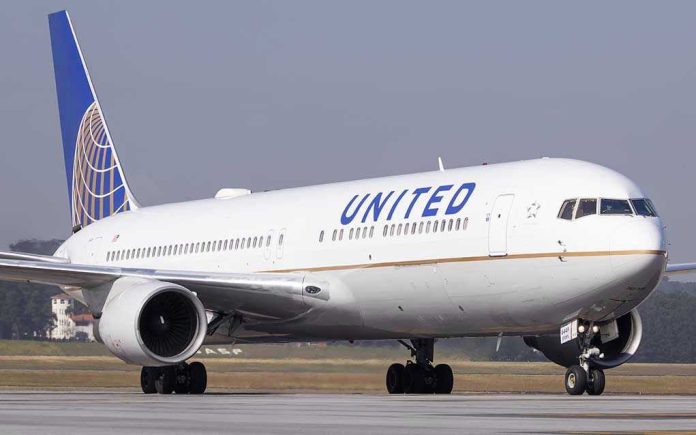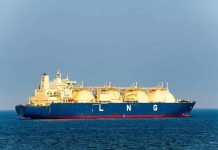
A suspected tug equipment failure led to a rare ground collision between two United Airlines Boeing 737s at San Francisco International Airport, raising serious questions about operational safety protocols at one of America’s busiest airports.
Story Overview
- Two United Boeing 737 MAX 9 aircraft collided during pushback at SFO on September 1, 2025
- Possible tug equipment failure caused UA1871 to strike the tail of stationary UA796
- No injuries reported, but both aircraft sustained damage and remain grounded
- FAA investigation underway focusing on ground procedures and equipment reliability
Equipment Failure Suspected in Rare Ground Collision
United Flight UA1871, bound for Denver, struck the tail of United Flight UA796 during pushback operations on Monday evening at San Francisco International Airport. The collision occurred when UA1871’s wing contacted the stationary UA796, which was preparing for departure to Boston. Both Boeing 737 MAX 9 aircraft sustained damage and were immediately returned to their gates, with all passengers deplaning safely without injuries.
The incident happened in a non-towered ramp area where air traffic controllers do not directly guide aircraft movements, placing full responsibility on ground crews and tug operators for safe maneuvering. This raises concerns about the adequacy of current ground safety protocols, especially during peak travel periods when operational pressure intensifies. The collision disrupted operations during a busy Labor Day evening departure window, compounding delays for travelers.
Investigation Focuses on Ground Operation Vulnerabilities
The Federal Aviation Administration launched an immediate investigation into the circumstances surrounding the pushback operation and potential tug equipment failure. Aviation expert Max Trescott noted that such collisions are “somewhat uncommon,” typically involving aircraft rolling into tugs rather than striking other aircraft. The fact that this occurred between two large commercial jets highlights potential systemic issues with ground handling procedures.
The incident exposes vulnerabilities in ground operations at major airports, where tight scheduling and congested ramp areas create elevated risks. Unlike air traffic control, ground movements often rely heavily on equipment reliability and crew coordination without direct oversight. This dependency becomes concerning when equipment failures can lead to expensive damage and operational disruptions affecting hundreds of passengers.
Broader Safety Implications for Aviation Industry
Both aircraft remain out of service pending comprehensive inspections and repairs, with United Airlines working to re-accommodate affected passengers while cooperating with federal investigators. The collision may prompt industry-wide reviews of ground handling procedures and tug equipment maintenance standards. Economic impacts include aircraft repair costs, passenger compensation, and lost operational capacity during the busy travel season.
The incident underscores the importance of robust safety protocols in ground operations, where human error or equipment failure can have significant consequences. While injuries were avoided, the potential for more serious outcomes demonstrates the need for enhanced oversight and improved equipment reliability standards across the aviation industry.
Sources:
Ground collision between two United aircraft at San Francisco airport
Collision between 2 United Airlines planes San Francisco International Airport causes damage wing
United Airlines planes collided at San Francisco












